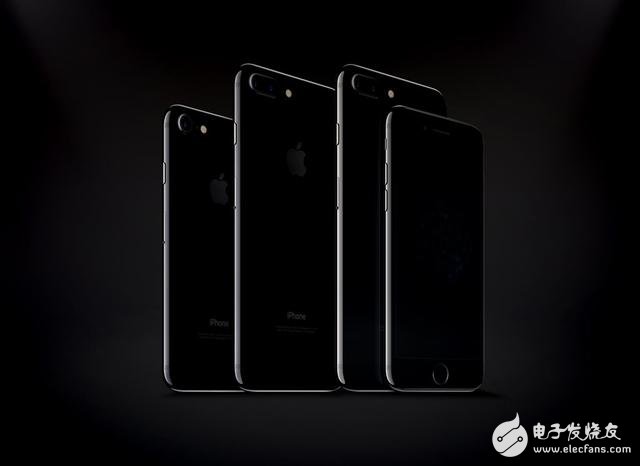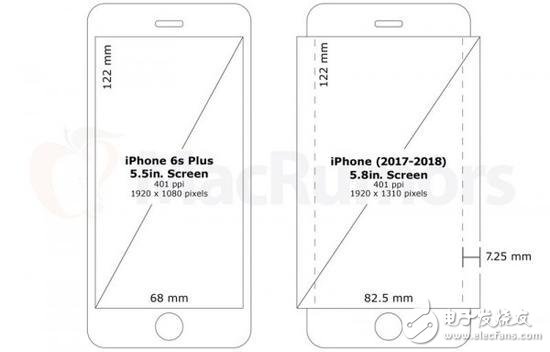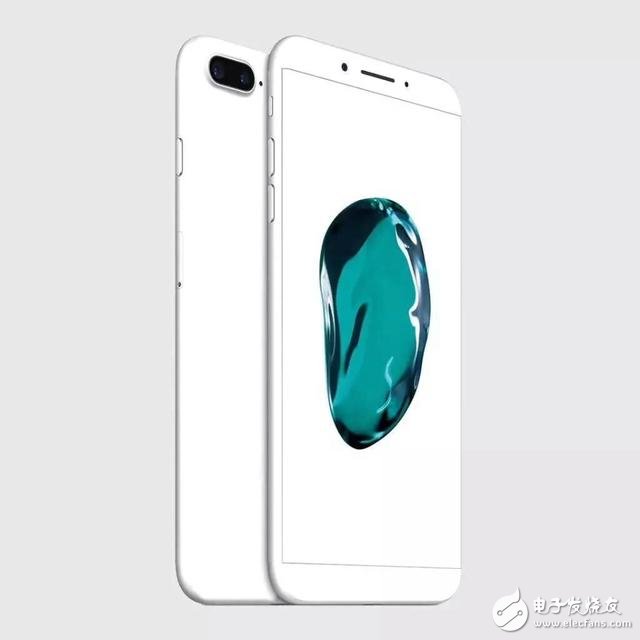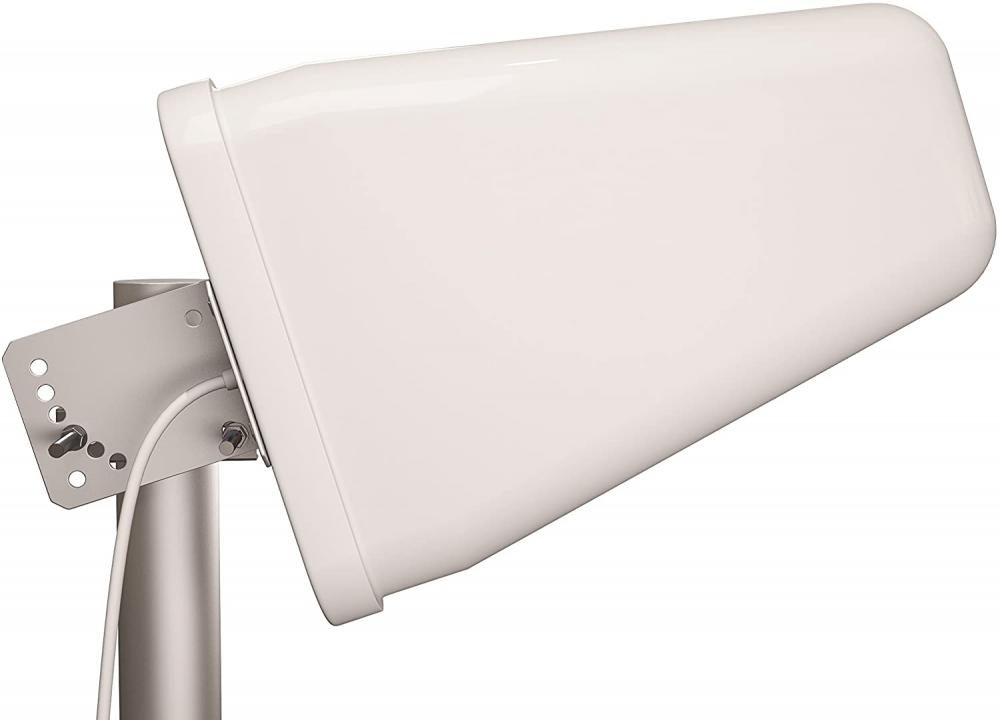Although Apple's traditional strategy is for multiple suppliers to provide their own iPhone parts, next year may be an exception. According to the Taiwan media's DIGITIMES quoted the supply chain news, Apple will have 4.7-inch, 5.5-inch and 5.8-inch next-generation iPhones next year. The 5.8-inch version of the AMOLED display will be exclusively supplied by Samsung, and it is expected to be The monthly meeting will provide up to 20 million AMOLED panels. As for the other two models, it will still be an LCD display. It is said that the next three models of the iPhone will be produced in small quantities in March next year, and then start to increase production in May and June next year.

Samsung's exclusive OLED panel
It has been rumored that the next generation of iPhone will be equipped with OLED display for the first time, and it seems that in addition to Samsung, LG and Sharp may provide OLED panels for Apple. However, according to Taiwan media's DIGITIMES quoted supply chain news, Apple will have 4.7-inch, 5.5-inch and 5.8-inch new models next year, of which 5.8-inch version will be equipped with AMOLED display, while 4.7-inch and 5.5-inch versions The LCD display will continue to be used, but unlike the previous practice of providing panels from multiple vendors, the AMOLED display for the 5.8-inch version will be exclusively supplied by Samsung.
It is reported that Samsung expects to provide up to 20 million AMOLED panels per month, and the 5.8-inch version of the next-generation iPhone may reach 70 million global shipments next year. At the same time, Taiwan media DIGITIMES also quoted the production chain as saying that the three new iPhones of the next generation will start small-volume production in March next year, and will increase production in May and June next year to meet the next fall. Market demand.

Only one iPhone 8
According to previous news, the 4.7-inch and 5.5-inch versions of the next three iPhones will not continue to use the LCD display, and there will not be too many upgrades in the whole. The design of double-sided glass and metal middle frame is used, and the charging speed is increased and some functions are added. As for the final name, it may be iPhone 7s and iPhone 7s Plus.
As for the first 5.8-inch version with AMOLED display, it is a true replacement product. Although the official name may not be the iPhone 8, it will bring more changes and major innovations. For example, the opportunity to use the ultra-high screen ratio design, while using the optical fingerprint recognition technology to achieve the screen fingerprint unlock function, and for the first time cancel the Home button. In addition, although the display panel of this next-generation iPhone reaches 5.8 inches, the size of the body is similar to that of a 5.1 or 5.2-inch phone.

Double sided glass design
Although the above statements are all network rumors, the basic features of the next three iPhones are still relatively clear. Specifically, the two new models, codenamed D20 and D21, will be named iPhone 7s and iPhone 7s Plus, still 4.7-inch and 5.5-inch displays, but will be replaced with double-sided glass + stainless steel bezel design, possible Will increase the fast charge technology; and the codename Ferrari D22 will be the real iPhone 8, will be equipped with OLED display and cancel the Home button, with a higher screen ratio and 5.2-inch display, but compared to D20 and D21 will There are more innovations on the whole.
However, it is rumored that Apple currently has as many as 10 test prototypes, so the information disclosed is not necessarily the final solution, and it is considered that Apple will start small-scale production of the next generation iPhone in March next year, so I believe at least Only in February next year will relatively accurate information be exposed.
The main rod of the log-periodic antenna is two parallel thin-walled square metal tubes, which are fixedly connected by splint and installed on the bracket through horseshoe bolts. The bracket is fixed on the strut, and the steel cable is connected to the sliding sleeve on the strut. The strut is inserted into the user support rod. The antenna vibrators are paired in pairs and fastened on the outside of the two main rods by the clamping frame. The high-frequency coaxial cable passes through the main rod. There is a sealing plug at the joint to seal and inner, and the outer conductor connector connects the cable shielding wire and core wire with the main rod wall. The antenna can be adjusted freely in three-dimensional space. Compared with similar antennas, the length is shortened by nearly half. It is easy to set up, install, adjust, transport and low cost.

The design of the log-periodic antenna, with its unique construction of two parallel thin-walled square metal tubes as the main rod, offers several distinct advantages over conventional antenna designs. The use of splints for fixed connection and horseshoe bolts for mounting on the bracket ensures structural integrity and stability, making it suitable for a wide range of environmental conditions. The bracket's secure attachment to the strut and the inclusion of a steel cable connected to the sliding sleeve on the strut allows for a versatile and adaptable installation process.
The antenna's vibrators, paired and fastened on the exterior of the main rods with a clamping frame, contribute to its efficient and directional radiation pattern. This design enhances the antenna's ability to transmit and receive signals with precision, making it ideal for applications requiring high-performance wireless communication.
Log Periodic Antenna,LPDA Antenna,Periodic antenna,Periodic Log Antenna,Periodic antenna hf
Yetnorson Antenna Co., Ltd. , https://www.yetnorson.com